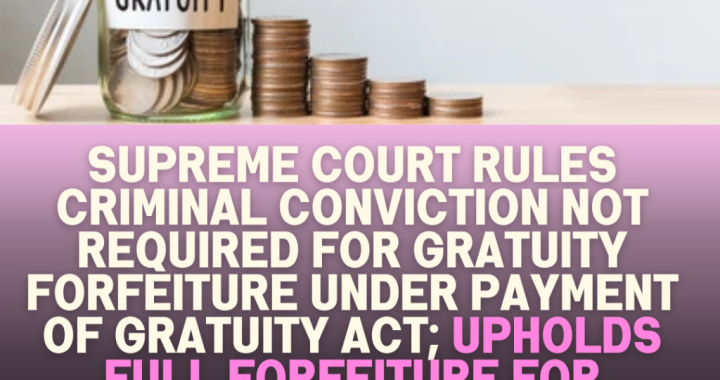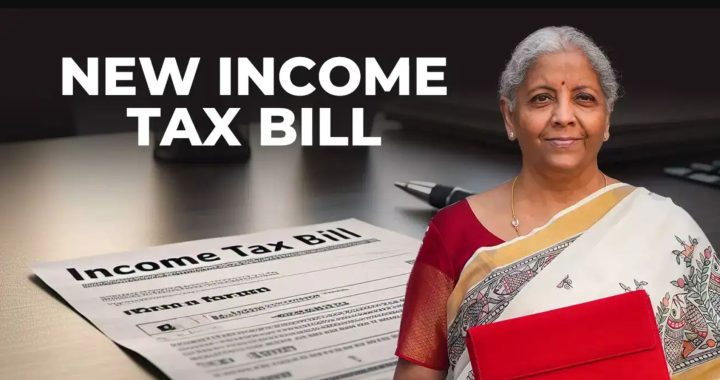Lifting Corporate Veil- Possible in case of Fraudulent conduct, Misrepresentation by Directors

Lifting corporate veil
Piercing the corporate veil is the most widely used doctrine in corporate law for deciding whether shareholders could be liable for all the commitments of the company. It is one of the most discussed and litigated doctrines in the corporate law.

Lifting the corporate veil refers to the Court’s reluctance to allow corporate action and presence for diverting the legal course of applying the law to determine facts. As and when corporate veil is lifted, it is allowable to show individuals who are hiding behind the organization are liable for discharging the commitments disregarding the fact that a company is a separate entity.
Though in normal circumstances, Company is different from Individual running it, in certain circumstances as fraudulent conduct, misrepresentation in prospectus, enemy character of the company, the corporate veil can be lifted and directors be held responsible in individual capacity
Circumstances, where court me, lift the corporate veil
- Reduction in number of members
As per section 45 of the Companies Act, as and when the total number of members in a company becomes less than seven in case of a public company and less than two for a private company and it carries on with its business for 6 months or more with the reduced number of members, each and every person being a member of that company, and knows such fact, is separately liable for all the commitments of such company done in such that time
- Improper use of Name
As per Section 147(4), any officer of a company who signs any Hundi, Bill of Exchange, cheque, Promissory note, where the company name is not stated in a prescribed manner, such officers would be held individually liable to the holder of such Hundi, Bill of Exchange, cheque, Promissory note; unless the same has been paid.
- Fraudulent conduct
In case in during the winding up of the company, it seems that the company has carried on any business with the intentions of defrauding its creditors or any other person or for some other fraudulent activity, any person who parties knowingly to carry such business, would be liable personally for any or all of the commitments, debts or other such liabilities of the company, as directed by the court.
- Misrepresentation in prospectus
If any misrepresentation occurs in the prospectus, each and every promoter, director, and every such person, who allows the issue of such prospectus suffers the liability towards who have subscribed for the shares on good faith based on untrue statement.
- Protection of revenue
In the case of Sri Meenakshi Mills Ltd & CIT., the corporate veil was used for tax evasion; the Hon’ble court defended the lifting of the corporate veil to find out the true nature of the transaction.
- Determining the enemy character of a company
During the war, the court is set to pierce the corporate veil and ascertain the shareholding nature as in the case of Continental Tyre and Rubber Co & Daimler Co. Ltd. where a company was formed in London selling German tyres which were manufactured by a German company. It’s bulk of the shareholders and all of its directors were German. The English Courts assumed the company to be an enemy company on piercing the corporate veil and doing business with the said company was considered trading with the enemy.


 ITAT Amritsar: No Section 269SS Violation for One-Time Cash Payment Before Sub-Registrar
ITAT Amritsar: No Section 269SS Violation for One-Time Cash Payment Before Sub-Registrar  Tax Officials Unleash Digital Dragnet: How New Raid Powers Redefine Privacy, Property Rights in India and likely to Fuel Corruption
Tax Officials Unleash Digital Dragnet: How New Raid Powers Redefine Privacy, Property Rights in India and likely to Fuel Corruption  Income Tax Department Rewards for Reporting Tax Evasion: A Comprehensive Guide
Income Tax Department Rewards for Reporting Tax Evasion: A Comprehensive Guide  Forfeiture of Gratuity by Employer- What are the Remedies for an employee- Can employer be challenged?
Forfeiture of Gratuity by Employer- What are the Remedies for an employee- Can employer be challenged?  Employer can forfeit gratuity of an employee in case of moral turpitude
Employer can forfeit gratuity of an employee in case of moral turpitude  Diving Deeper: The Impact of the New Tax Bill on Dairy and Farming Income
Diving Deeper: The Impact of the New Tax Bill on Dairy and Farming Income